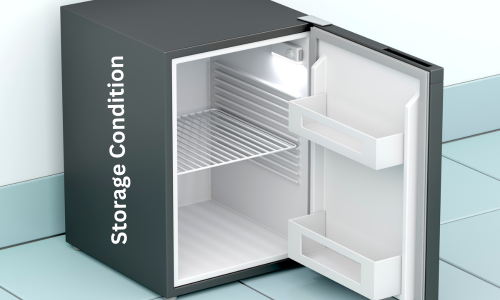Thermal Cycling Study of Pharmaceuticals
Thermal Cycling gives an indication as to how a product will react to adverse conditions, usually encountered during transportation. The storage conditions and the lengths of studies chosen should be sufficient to cover storage, shipment and subsequent use. The range encountered during transportation may differ form that which is specified for long term storage, ascertained…





